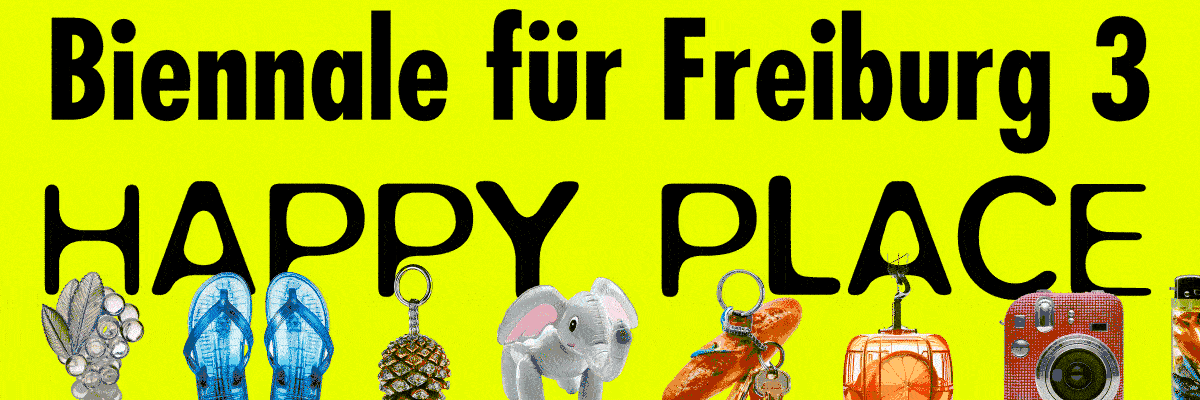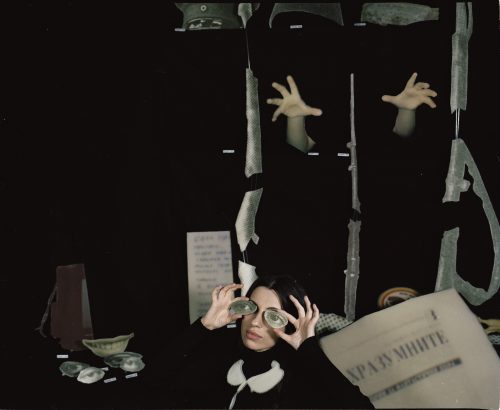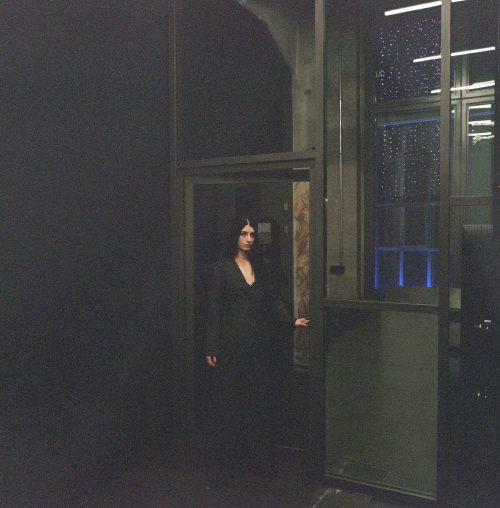
Michael A. Robinson
Somma

Michael A. Robinson - Exhibition view_1
Advertisement

Michael A. Robinson - Exhibition view_2

Michael A. Robinson - Exhibition view_3

Michael A. Robinson - Exhibition view_4

Michael A. Robinson - Exhibition view_5

Michael A. Robinson - Exhibition view_6

Michael A. Robinson - Exhibition view_7

Michael A. Robinson - Exhibition view_8

Michael A. Robinson - Exhibition view_9

Michael A. Robinson - Exhibition view_10

Michael A. Robinson - Exhibition view_11
Somma, the latest site-specific project by artist Michael A. Robinson, focuses on the power of images to create intelligible realities and forms of iconic communication alternative to the text-based one, also taking a look at recent critical issues about circulation and transmission of visual media and their hyper-connection to physical and digital space .
The installation consists in hanging metal sculptures and led lights on the wall and it is designed starting from some hints the artist got from the exhibition space DISPLAY. As the title suggests, the sum of the different elements of the installation is meant to create one synthetic image, which is the same principle whereby digital images are made and then transmitted on display. Therefore, Robinson conceives his work as a pure abstract image in which materials, light and its reflections establish their own dialogue with their own alphabet – the universal language of forms. Thus, the installation tries to transmit visual poetics and codes just like monitors transmits visual information, it tells how the work exists on-site and how it re-configures the space with its formal features, until a viewer will finally pull an image, a message out of the work.
The artist aims to raise a fundamental question which takes its cue from American art critique David Joselit’s essay After Art (2012): what does generate meanings in an exhibition, the artists’ work, the way it is told by art curators or the way it is constantly reframed by the public? A key reference in Robinson’s project, Joselit had especially described how the existence of images in the digital and technological realm has spurred new strategies of making art, which are based on manipulating, archiving, capturing, and reformatting already existing contents then transformed into something new, which he defines “format”. According to these new creation processes, artists act like human search engine, they have on their disposal an infinite storage of meanings, objects and images to reshape a work of art as a format, that is an intelligible pattern. In this sense, the work, no matter what its medium may be, is the result of a compulsive visual accumulation, and the status of a work of art does no longer respond to aesthetic qualities or to uniqueness criteria, but to a network of relations and experiences established by the artist and related to diverse circumstances – geographical, institutional, economic - in which the artwork is placed and put into circulation.
In the wake of Joselit’s consideration about the hyper-proliferation of images and about the concept of format as aggregation of different information, Robinson explores the possibilities to capture the deepest sense of a work. His installation functions like a visual machine where shapes and lights build up a contentless universe, something beyond the subjectivity and the artist gesture. Somma is a system of interrelated forms which invites the viewer to find the most profound meaning of the work, that is what lies behind every image, before any further content, and just like a text with its words and punctuation, it can reveal itself through formal lines and disruption.
Ilaria Monti




